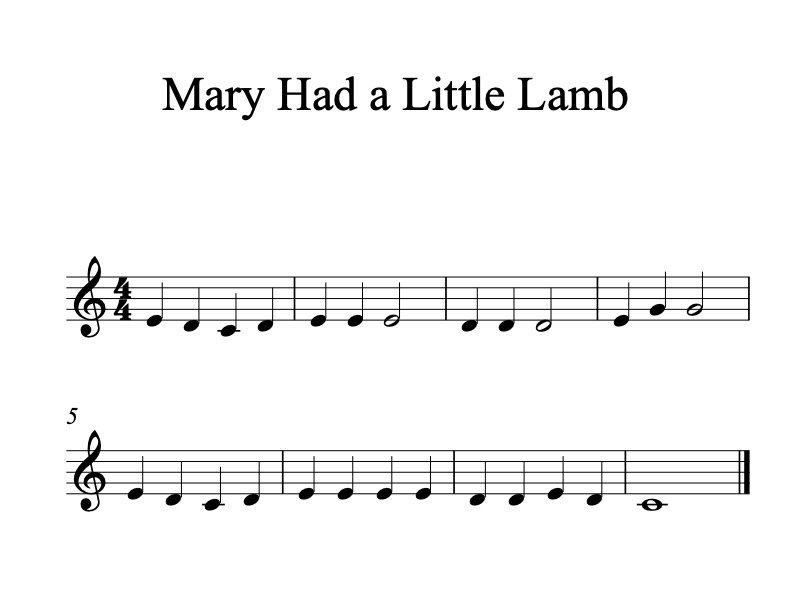#3 - Reading Music Can Be Easy!
FOR PARENTS OF BEGINNERS
Your child, like many beginning students, may feel nervous about reading music. Most students that I encounter were taught with acronyms like FACE, or Every Good Boy Deserves Fudge, which most children and many adults find taxing. This may be true of your young musician’s experience as well.
I’ll introduce you here to a much simpler "Points of Reference" system that simply asks your child to know the locations of two notes. All you need to get going is the “Points of Reference” sheet below, and sheet music for a song – for example, “Mary Had a Little Lamb”.
The only other thing your child needs to know is how to find C’s and F’s on the piano. (If your child doesn’t know that yet, please refer to my “Piano Orientation” blog post where I’ll show you how.)
OK, ready to go? Here, then, in two simple lessons, and a more advanced next step, is how to help make reading music easy for your child.
LESSON 1
1) Print out the “Points of Reference” and “Mary Had a Little Lamb” sheets above.
2) Start out with the top line. This is the line that the right hand plays, also called the “Treble Clef.” Point out to your child that the first note in the Treble Clef, the one farthest to the left in the “Points of Reference” diagram, is Middle C (the C right at the middle of the piano).
3) Show your child the line that runs through the note for Middle C. Then point out that the following note (D) is on a space, followed by the note (E) which is on a line. The next note (F) sits on a space. The pattern continues, and this is what you want your child to see.
4) So, ask your child: "is this next note on a line or space?", going in order. Keep on going until they see the pattern themselves and feel comfortable and excited by the realization.
LESSON 2
1) Place the two sheets (“Points of Reference” and “Mary Had a Little Lamb”) side by side. You will see that “Mary Had a Little Lamb” appears on the Treble Clef (the top set of lines on the “Points of Reference” sheet).
2) Now, have your child find the first note in “Mary Had a Little Lamb”, the one all the way to the left. Then, ask your budding musician to find the same one on the “Points of Reference” sheet.
3) Notice that the reference notes have letters written inside them. Now ask your child to tell you how far that note is from the closest Point of Reference (use numbers – One away? Two away? Three away?), and in which direction (depending on the child, they may respond better to “Up/down?” “Higher/lower?” “Taller/shorter?”).
For example, the first note in “Mary Had a Little Lamb” is 2 notes up from, higher than, or taller than Middle C. Counting up from C, this means that the song’s first note is E.
4) Now go to the second note - it is one note down from E and one above C. So the second note in “Mary Had a Little Lamb” is D. See how easy it is?
ADVANCED PRACTICE
There are many E’s on the piano, but the notation specifies the one that is to be played. If they played an E, but not the one above Middle C, ask them:
1) “Why do you think it is this E and not another E"?”
2) Then ask your child to find Middle C again
3) Once your child has found it, ask: “if this is Middle C, then where is the E that is on the sheet music?”
Choose an additional three to five such songs to work with your child on so they feel confident with their new knowledge. Here are some options:
Hot Cross Buns | Jingle Bells | I’m a Little Teapot |Row Your Boat | Happy Birthday
A FINAL THOUGHT
If your child worries that the “Points of Reference” system is a “cheat-sheet” - please assure them that it is not! It is a powerful tool that will help them to learn how to read music with pleasure and ease. If you encourage them to use this tool regularly, they will memorize it quite naturally.
Happy Reading With Your Child!

